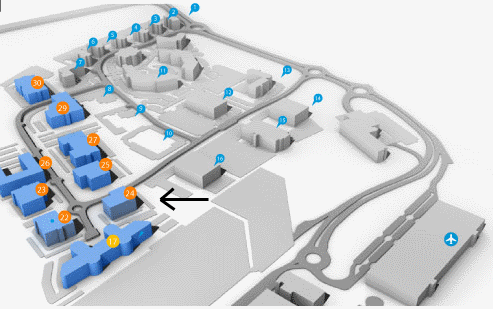Current Size: 100%
An all-Ireland population-based study of past and current physical and psychological side-effects following prostate cancer treatments
An all-Ireland population-based study of past and current physical and psychological side-effects following prostate cancer treatments
Introduction: In Ireland, prostate cancer (Pca) is the most common male cancer. Recommendations that men should be involved in treatment decisions requires accurate treatment side-effects information. Population-based side-effects data are 1-15 years ago, identified through cancer registries Northern Ireland (NI) and Republic of Ireland (RoI), received a postal questionnaire during 2012.
Results: Full results will be presented, results from preliminary analysis of 1,402 respondents: 55% responded (average age was 71-range 20-94 years in RoI, 72-range 39-92 years in NI). Differences in treatment modalities were observed; prostatectomy (RP) was more common in RoI, while hormone (HT) and radiotherapy were more common in NI. Pre-treatment urinary symtpoms were common; 17% reported impotence and 36% reported urinary incontinence. Post-treatment side-effects were also common; 30% of RP patients, 14% of both radiotherapy and HT patients reported ongoing urinary incontinence. Impotence quadrupled post-treatment to 63%, two-thirds reported loss of sexual desire and 20% reported ongoing bowel problems. 24% reported depression post-treatment, increasing from 1-in-20 beforehand. Sweats/hot flashes and changes in breast tissue were more common with HT. Men who reported current incontinence and those treated by RP and/or active surveillance/watchful waiting reported higher levels of regret.
Conclusion: This study quantifies, for the first time, a population-based picture of Pca-treatment side-effects which will be valuable for guiding men’s future decision-making, for informing the current screening debate and to identify groups which require additional support post-treatment.





